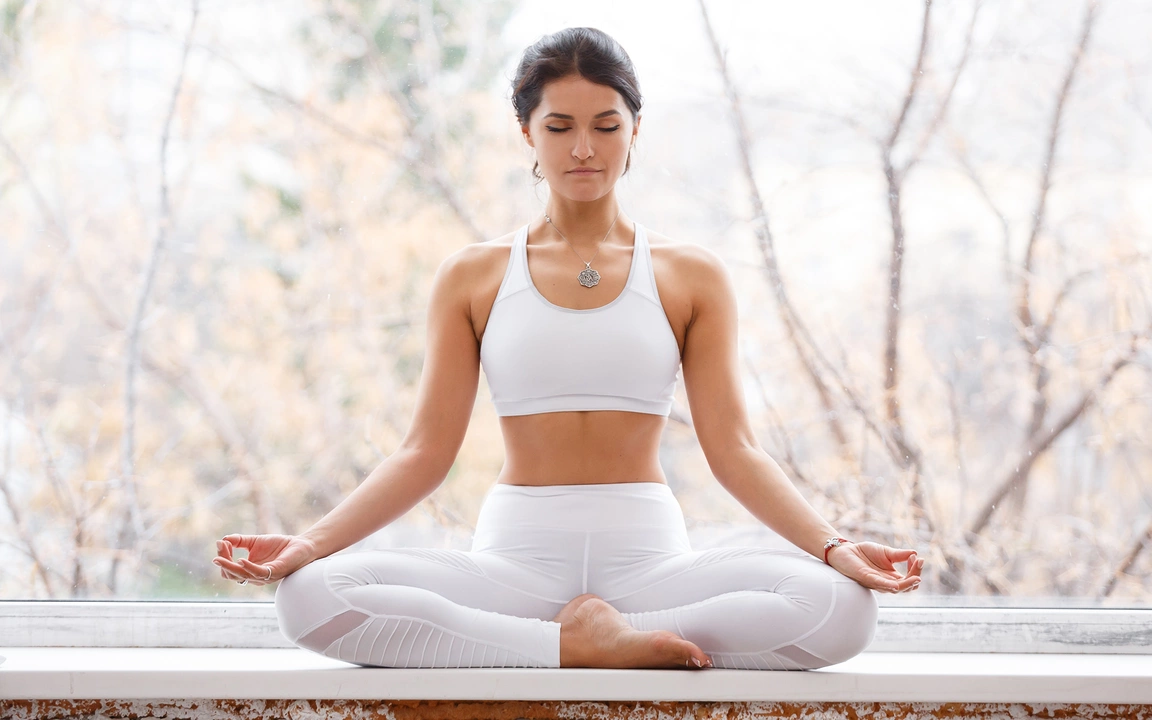April 2023 Archive — Practical Yoga Notes from Yoga Insights India
April 2023 collected short, useful pieces for anyone serious about practice, teaching, or using yoga for health. The posts focus on clear next steps: what to learn, how to train, how poses affect your body, and how yoga fits into a modern wellness path.
One post asked about the future of yoga and holistic healing. The main idea: expect more tech and more integration with mainstream care. That means better online classes, personalized programs, hybrid retreats, and tools that track progress. If you teach, think about adding simple digital options—short guided sequences, recorded modules, or a progress checklist for students.
Teach, Train, and Cross-Train
Can a yoga teacher teach Pilates? Yes, but not without training. Yoga gives you a good base in breath, alignment, and mind-body awareness. Pilates brings focused core work, specific cueing, and sometimes equipment like reformers. Practical tip: take a short certified Pilates course, practice the basic equipment work, and start by offering combined classes that clearly label which sections are Pilates-focused.
On online yoga teacher training, the post lists what matters: clear syllabus, anatomy and philosophy balance, live mentorship, practicum hours, and credible feedback from past students. If you’re choosing a course, ask for a sample module, check how mentors evaluate practice teaching, and confirm what certification you’ll receive.
Which asana is best for the body? The simple answer given was that no single pose fits everyone. Pick poses that fix your most persistent issues. For tight hamstrings try a gentle forward fold with micro-bends in the knees. For lower back stiffness build a sequence with cat-cow, bridge, and a supported twist. Short sequences practiced daily beat rare, intense sessions.
Health, Safety, and Practical Care
Several posts covered health: how poses affect the body, exercise with high blood pressure, and meditation’s role in stress and blood pressure. Practical rules: get medical clearance if your BP is high, avoid intense inversions until your numbers are controlled, prioritize breath and gentle mobility, and add short daily relaxation or breathwork sessions to reduce stress load.
There was also a brief profile about Ankush Bhojane that shows how entrepreneurial work and yoga communities connect. People building platforms, retreats, and teacher networks shape how students find reliable training and how teachers grow their practice.
What to take away from April 2023: keep practice safe and steady, invest in specific training before teaching related methods, choose teacher training that gives real feedback, and use simple tech to support learning. Small, consistent changes — a five-minute daily core routine, one breath practice before sleep, or a weekly supervised class — add up faster than occasional big efforts.
If you read one thing from this archive, let it be this: practical growth beats perfection. Build habits you can keep, learn deliberately when branching out, and check health basics before you step into more intense practice.
What is the future of yoga and holistic healing industry?
As a passionate follower of yoga and holistic healing, I can't help but be excited about the future of this industry. With people becoming more aware of the importance of mental and physical well-being, yoga and holistic healing practices are gaining more popularity every day. I believe technology will play a significant role in making these practices more accessible and personalized for individuals. Additionally, the integration of these practices into mainstream healthcare systems will further validate their effectiveness and encourage more people to embrace them. In conclusion, the future of the yoga and holistic healing industry looks promising, and I am thrilled to witness its growth in the coming years.
